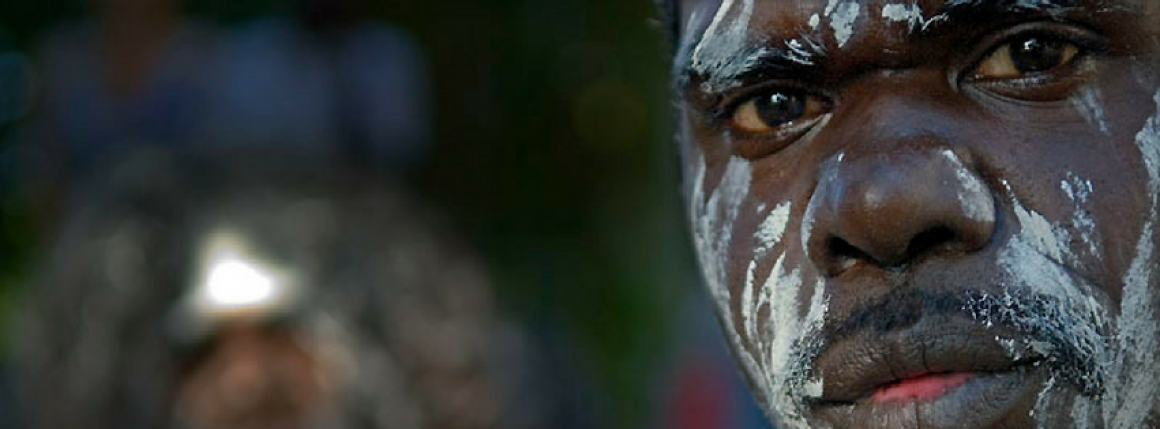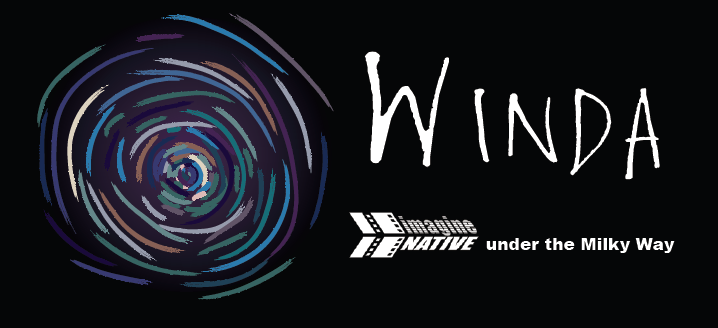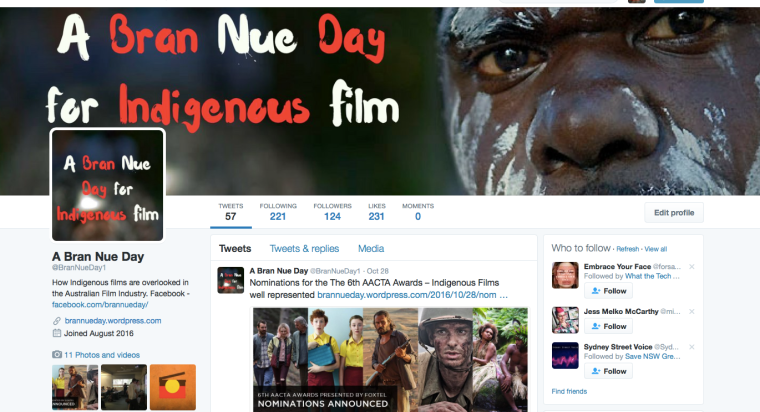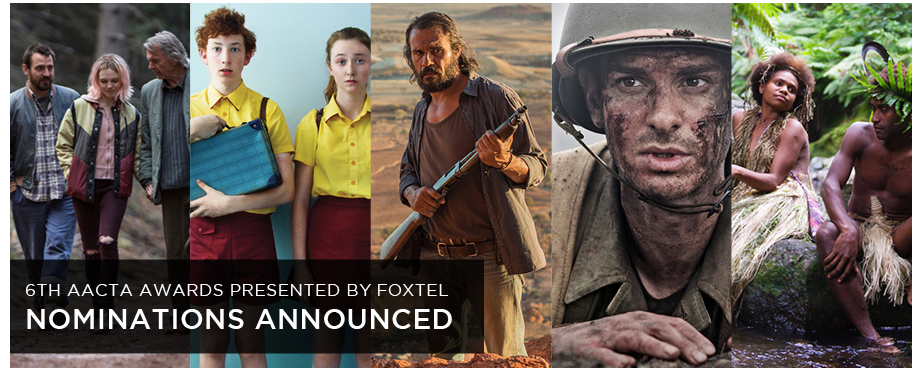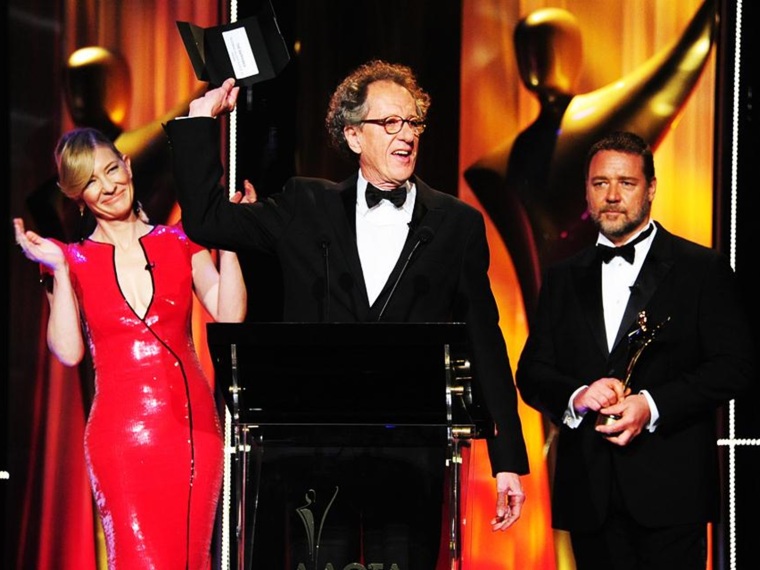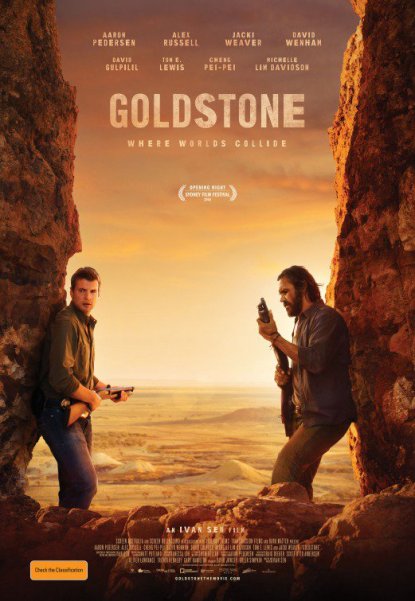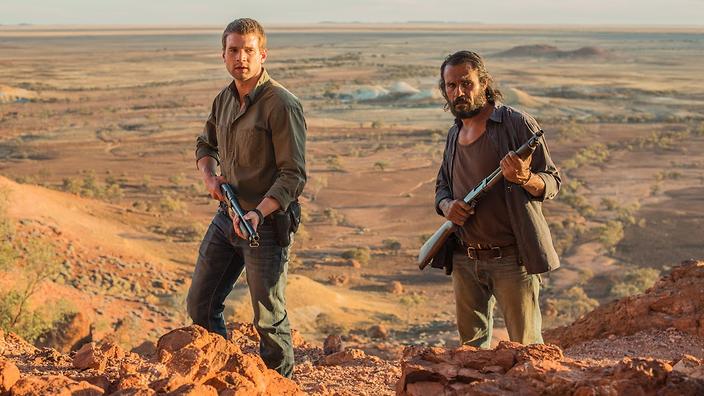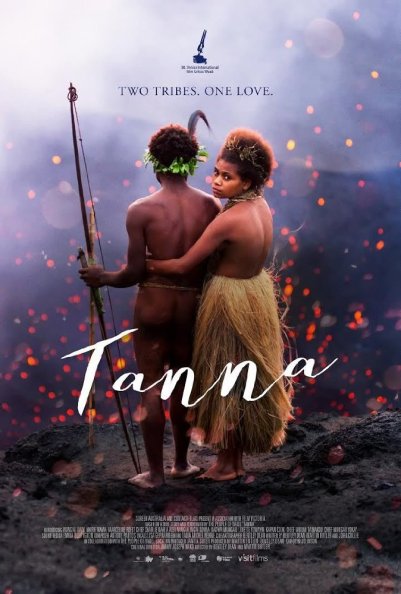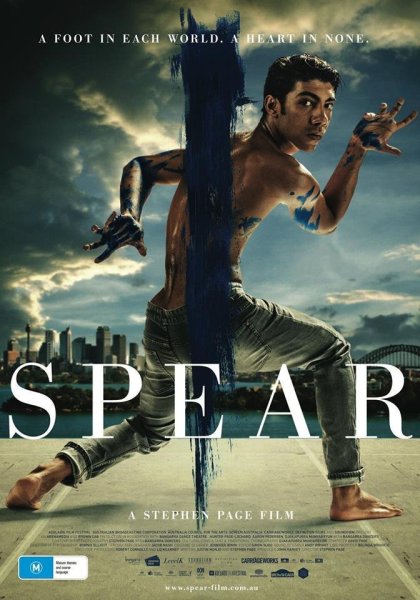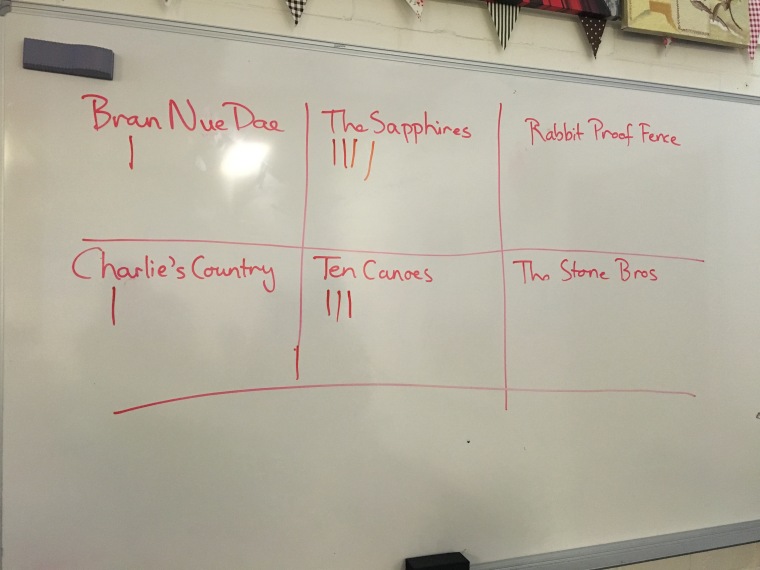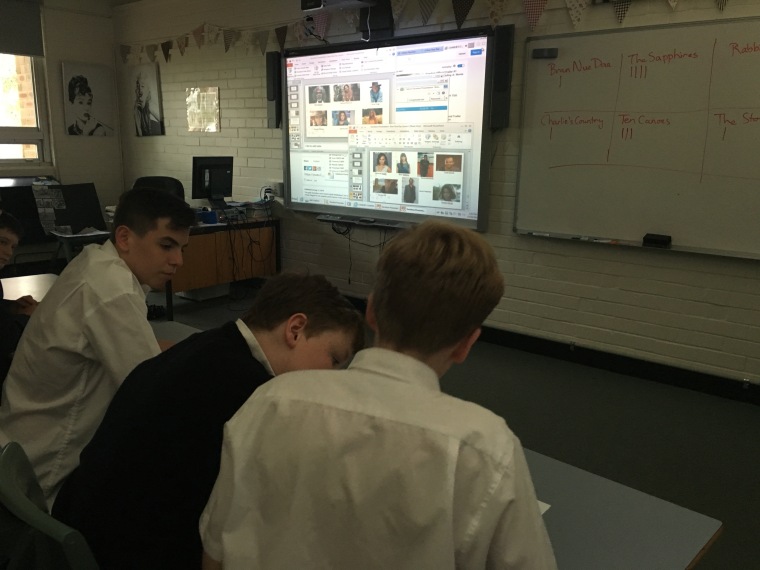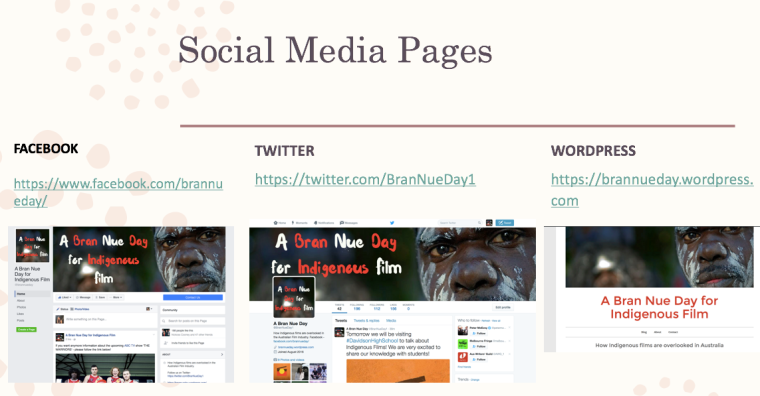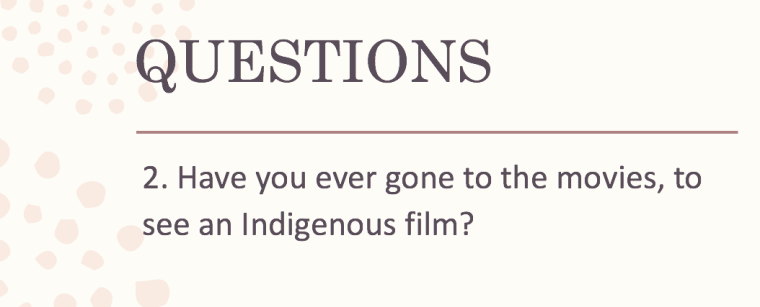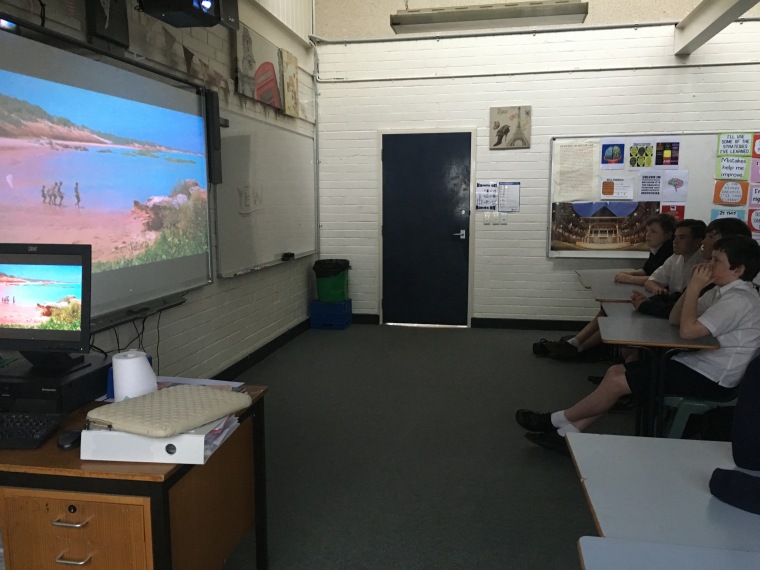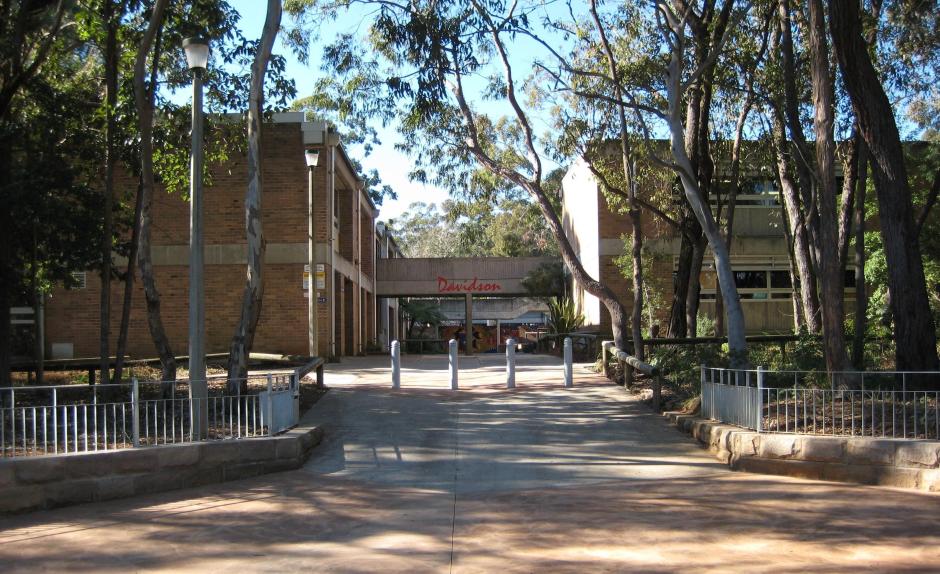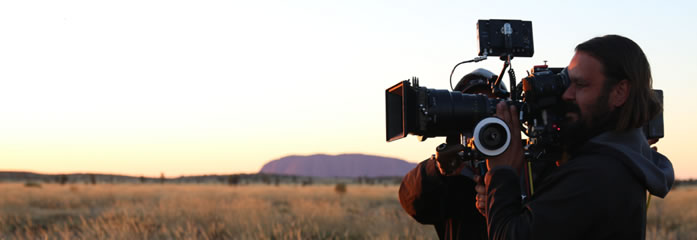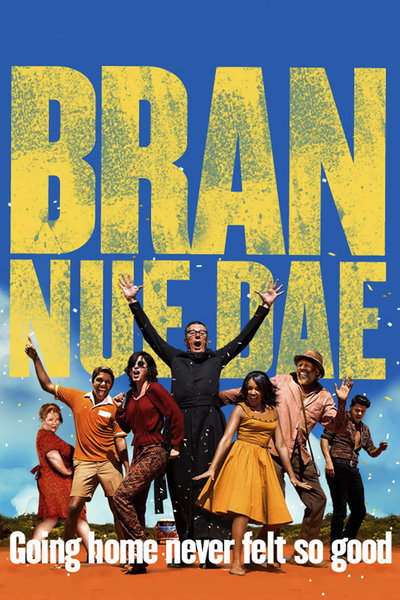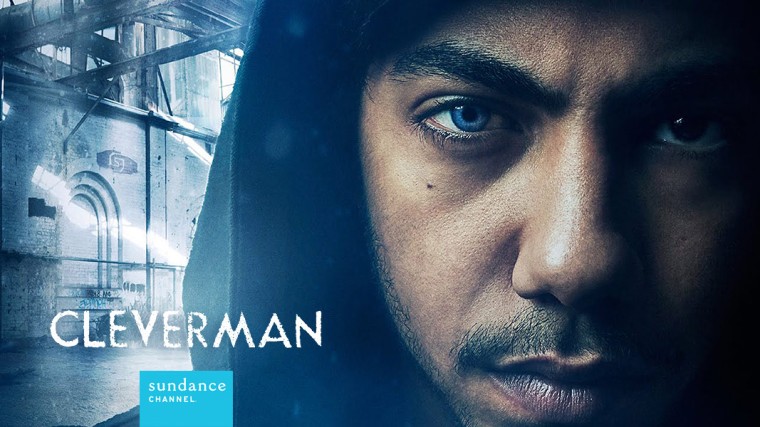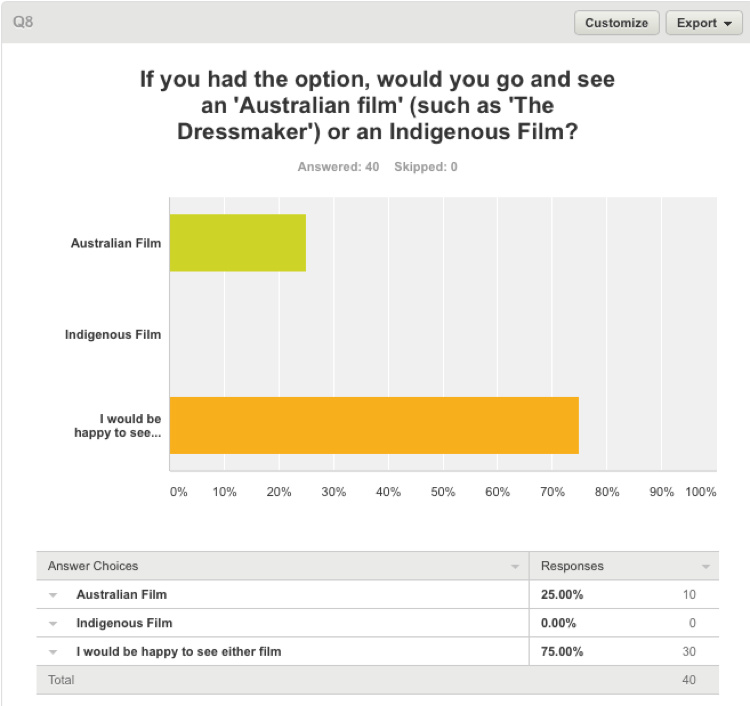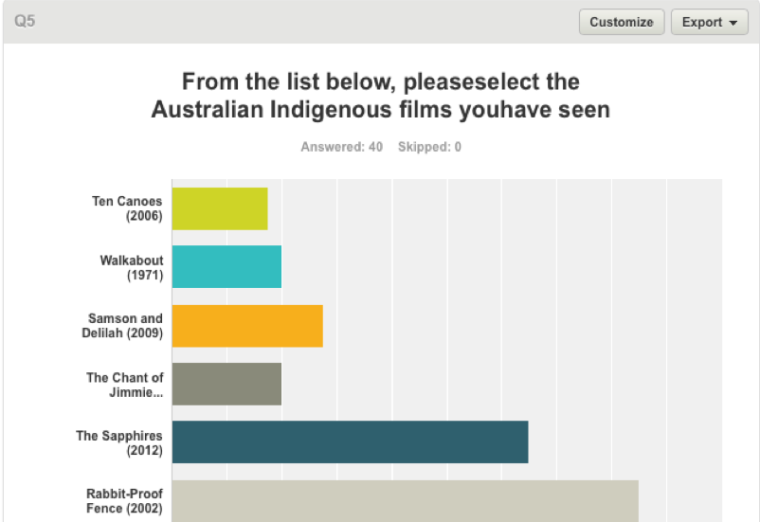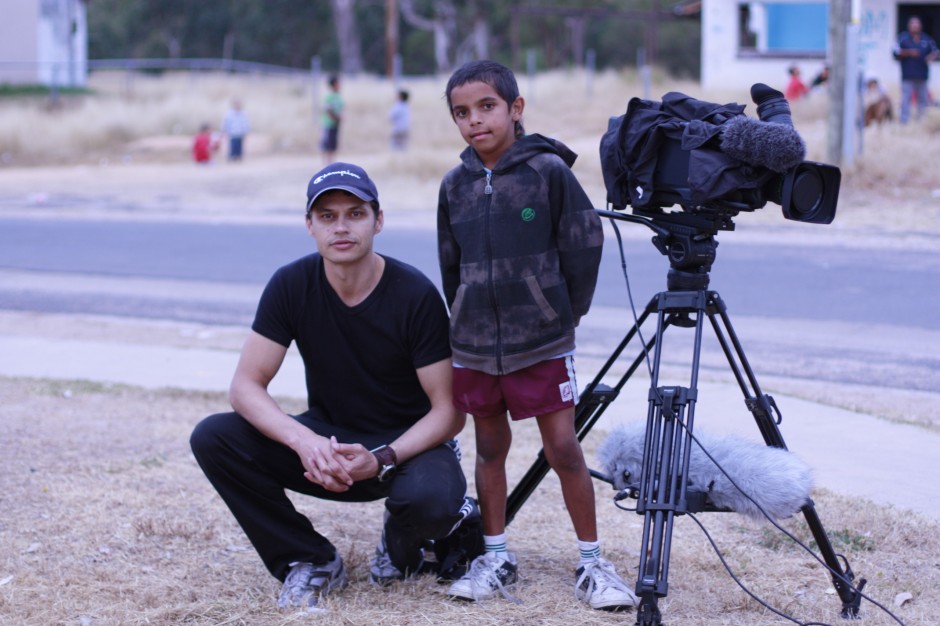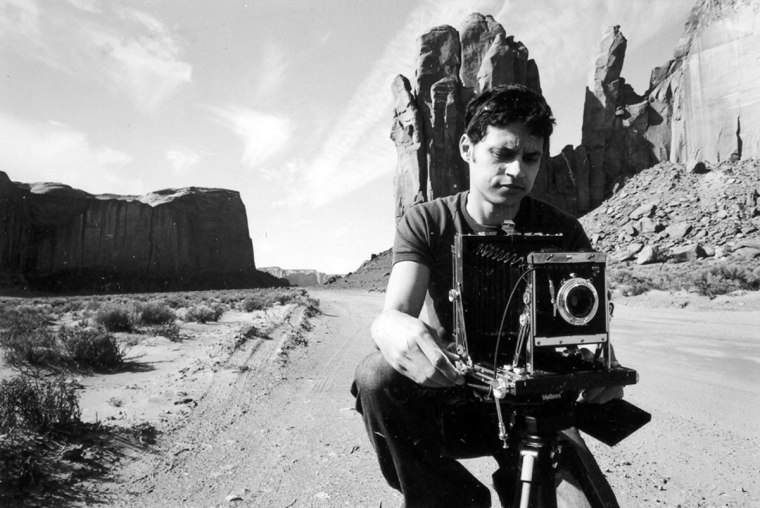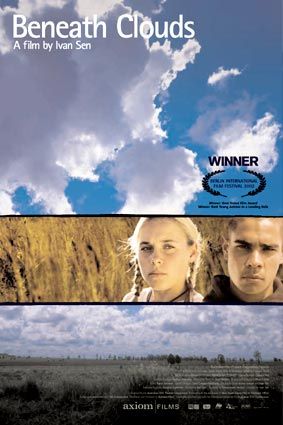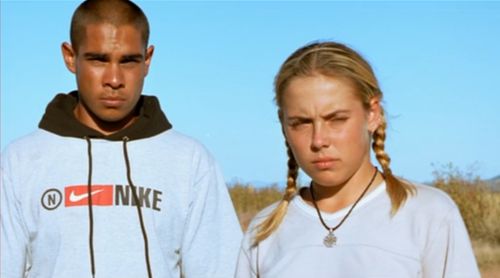Last night I was fortunate enough to attend the ‘WINDA Film Festival’ Opening Night Gala. This festival is a new Indigenous film festival that is running in Sydney from –
Thursday 10th November – Sunday 13th November – at the Hoyts EQ – Entertainment Quarter
This exciting film festival is focused on Indigenous films from across Australia and the world. Indigenous stories and films are becoming more prevalent around the world. It is important to give these stories a voice and recognise the growth of the Industry.
Winda meaning ‘stars’ is a word from the Gumbaynggirr language from the north coast of New South Wales. In Aboriginal Astronomy, the people look to the stars for guidance, creation and for their ancestors. The term perfectly encapsulates the festival as people will be experiencing films that were created by Indigenous people.
The festival is screening six feature films and four documentaries from over eight different countries. 22 short films will also be shown.
Opening Night Premiere
The opening night of the festival, Thursday 10th November, was very exciting and highly interesting! I felt very honoured that I was invited to attend, as I felt like I was witnessing something very special.
The opening night screening was held at the beautiful Dendy Opera Quays Cinema in Circular Quay. I brought my friend Erica along with me and both of us were very excited about the evening. When we walked into the foyer there was a flurry of excited energy! This was lovely to see, as people seemed genuinely excited about being there and supporting this new festival!
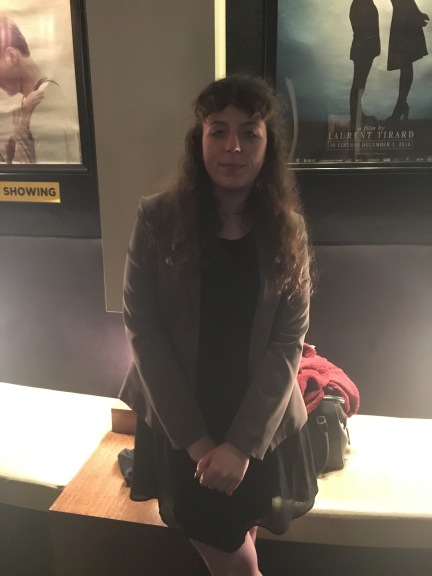
Erica in the foyer at the Dendy Opera Quays Cinema | Picture – Amy Johnston (2016)
Speeches and Introductions for the Night
Following some mingling in the foyer, we were all ushered into the cinema by the events wonderful volunteers. Medika Thorpe, the Executive Director, and Pauline Clague, The Artistic Director, both spoke to the audience. Pauline’s speech was particularly inspiring, as she spoke about how hard it was to get the festival up and running. She also spoke about her love for each one of the films.
The Welcome to Country by Uncle Charles ‘Chicka’ Madden was also very moving as he spoke about his background and his contributions to the Aboriginal community.
The Film – Mahana (2016)
The Opening Night film was Lee Tamahori’s powerful film Mahana (2016). This film was made in Aotearoa, New Zealand. Actors speak a mixture of English/Maori in the film. Mahana is a story of family rivalry and reconciliation, set against the stunning backdrop of rural Aotearoa (New Zealand) in the 1960’s.
Temuera Morrison (Grandfather Mahana) stars as a 60’s era farming patriarch who makes it clear his family should have nothing to do with rival family the Poatas. Then romance enters the picture, and grandson Simeon (Akuhata Keefe) sets out to find out how the feud first started.
While the film was very quiet, it has a rich beauty to it. The land that the Mahana family lived on was beautiful and highly peaceful. There was something lovely about watching a family eat together at a long table. Those sort of situations aren’t regularly seen in films anymore. Nancy Brunning‘s (Ramona Mahana) performance was both subtle and haunting. I could not take my eyes off her for the whole film. I throughly enjoyed the film as I liked its simplicity. Family is everything and this film certainly conveyed that.
Trailer of Mahana – https://www.youtube.com/watch?v=VowvDCtc26o
Interview with Nancy Brunning
Following the screening of the film Pauline Clague interviewed the star of the film, Nancy Brunning. Brunning was delightful and was happy to answer any questions from the audience. She displayed real enthusiasm towards the film and was highly passionate about her craft. Brunning also spoke about her love for director Lee Tamahori. She said that Tamahori was a very patient director and put his heart and soul into the film.
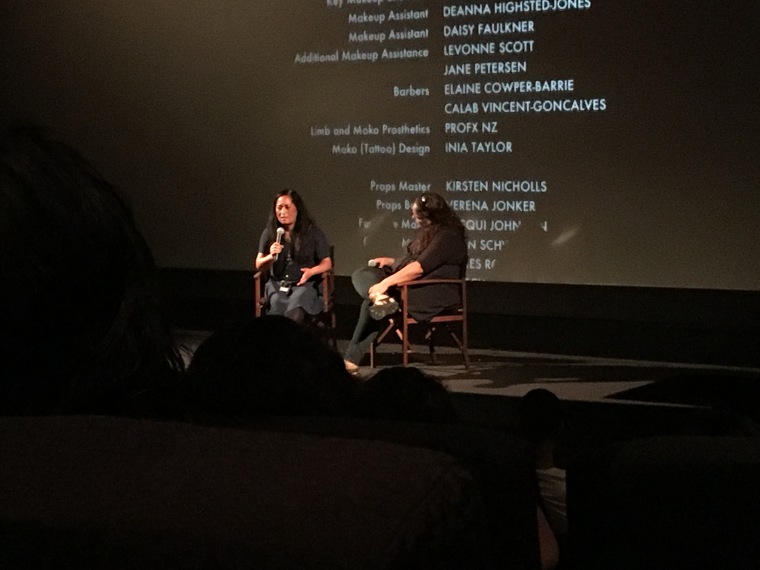
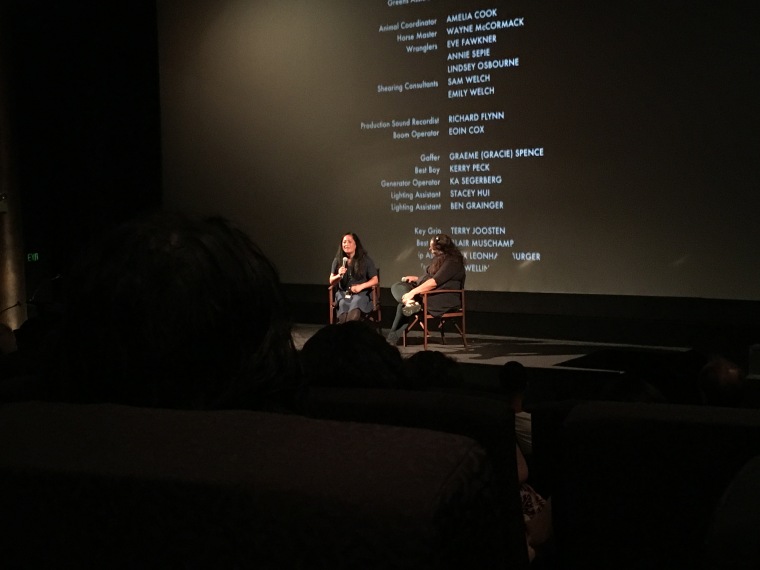
Nancy Brunning being interviewed by Pauline Clague | Picture – Amy Johnston (2016)
General Comments about the Night
Both Erica and I really enjoyed the screening and the Opening Night. Everything was well put together, from the beautiful brochures to the cocktail party after the film. The one thing Erica and I both commented on, was how supportive people were during the night. People were very supportive of the film and were clapping and laughing all the way through it. Following the films ending people clapped and cheered and showed their support. The atmosphere of the whole night was one of joy and celebration.
I really hope that the WINDA Film Festival is a success this year! Indigenous films are worth celebrating, as their stories reflect elements of love, family and culture.
Please go and watch some films at the Festival! https://windafilmfest.com/films/

Erica and I at the screening of Mahana (2016) | Picture – Amy Johnston (2016)
Cover Picture Source – Film Festivals Australia (2016)
